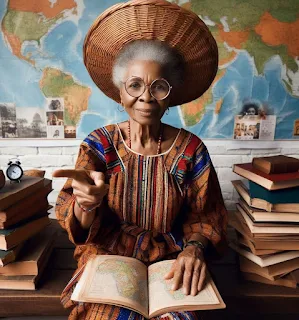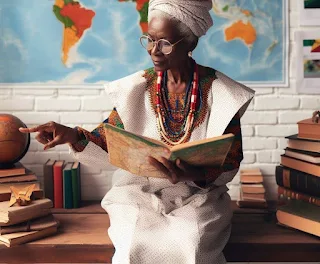African Countries with Six or More Borders
Twelve African countries have six or more neighbors at their borders. The Democratic Republic of the Congo has a record nine borders.
African Borders and the Scramble for Africa
During the Scramble for Africa, these African nations, with many neighboring countries, showed the lasting effects of complicated border arrangements.
This complexity stems from where they are located on the map and the historical background of European colonial ambitions.
As a result, these countries play a crucial role in studying African history and the intricate network of political influences that shaped the continent during this tumultuous period.
African Countries with Six or More Borders
Democratic Republic of the Congo (DRC) shares its borders with nine African nations.
The DRC holds the record for the most borders shared by any African country. It shares borders with a staggering nine countries: Sudan, Central African Republic, South Sudan, Uganda, Rwanda, Burundi, Tanzania, Zambia, and Angola.
Zambia shares its borders with eight African nations.
Zambia is another African nation with a significant number of neighbors. It shares its borders with eight countries: Tanzania, Malawi, Mozambique, Zimbabwe, Botswana, Namibia, Angola, and the Democratic Republic of the Congo.
Tanzania shares its borders with eight African nations.
Tanzania, known for its stunning wildlife and landscapes, shares borders with eight countries: Kenya, Uganda, Rwanda, Burundi, Democratic Republic of the Congo, Zambia, Malawi, and Mozambique.
Sudan shares its borders with seven African nations.
Sudan shares its borders with several countries, including Egypt, Libya, Chad, Central African Republic, South Sudan, Ethiopia, and Eritrea.
Mali shares its borders with seven African nations.
Mali, located in West Africa, shares its borders with seven countries: Algeria, Niger, Burkina Faso, Cote d'Ivoire, Guinea, Senegal, and Mauritania.
Niger shares its borders with seven African nations.
Niger in West Africa shares its borders with seven countries: Algeria, Libya, Chad, Nigeria, Benin, Burkina Faso, and Mali.
South Sudan shares its borders with six African nations.
South Sudan, Africa's newest country, also has multiple borders. It shares its boundaries with six countries: Sudan, Central African Republic, Democratic Republic of the Congo, Uganda, Kenya, and Ethiopia.
Mozambique shares its borders with six African nations.
Mozambique, on the southeastern coast of Africa, shares its borders with six countries: South Africa, Eswatini, Zimbabwe, Zambia, Malawi, and Tanzania.
Central African Republic shares its borders with six African nations.
This landlocked country in Central Africa shares borders with six countries: Sudan, South Sudan, Democratic Republic of the Congo, Republic of the Congo, Cameroon, and Chad.
Cameroon shares its borders with six African nations.
Cameroon, situated in Central Africa, shares its borders with six countries: Nigeria, Chad, Central African Republic, Equatorial Guinea, Gabon, and the Republic of the Congo.
Chad shares its borders with six African nations.
In North Central Africa, Chad shares its borders with six countries: Libya, Sudan, Central African Republic, Cameroon, Nigeria, and Niger.
Burkina Faso shares its borders with six African nations.
Burkina Faso shares its borders with six neighboring countries: Mali, Niger, Benin, Togo, Ghana, and Cote d'Ivoire.
These African countries with six or more neighboring nations have intricate border arrangements making them important to study African history and geopolitics.



